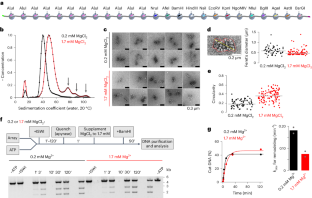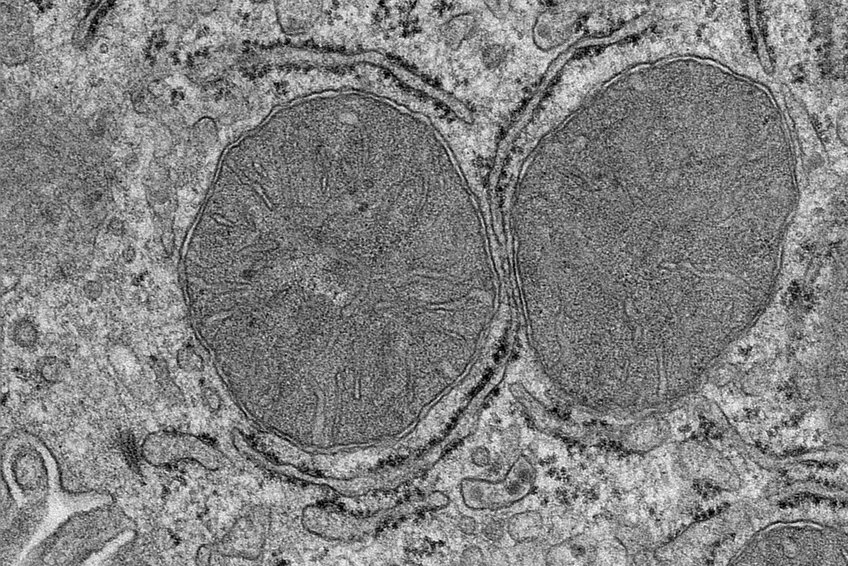2024-04-25 ミュンヘン大学(LMU)
<関連情報>
- https://www.lmu.de/en/newsroom/news-overview/news/gene-regulation-modification-in-the-nucleosome-jungle.html
- https://www.nature.com/articles/s41594-024-01290-x
ヌクレオソーム配列におけるヌクレオソームのスライディングを触媒するISWI(ISWI catalyzes nucleosome sliding in condensed nucleosome arrays)
Petra Vizjak,Dieter Kamp,Nicola Hepp,Alessandro Scacchetti,Mariano Gonzalez Pisfil,Joseph Bartho,Mario Halic,Peter B. Becker,Michaela Smolle,Johannes Stigler & Felix Mueller-Planitz
Nature Structural & Molecular Biology Published:25 April 2024
DOI:https://doi.org/10.1038/s41594-024-01290-x

Abstract
How chromatin enzymes work in condensed chromatin and how they maintain diffusional mobility inside remains unexplored. Here we investigated these challenges using the Drosophila ISWI remodeling ATPase, which slides nucleosomes along DNA. Folding of chromatin fibers did not affect sliding in vitro. Catalytic rates were also comparable in- and outside of chromatin condensates. ISWI cross-links and thereby stiffens condensates, except when ATP hydrolysis is possible. Active hydrolysis is also required for ISWI’s mobility in condensates. Energy from ATP hydrolysis therefore fuels ISWI’s diffusion through chromatin and prevents ISWI from cross-linking chromatin. Molecular dynamics simulations of a ‘monkey-bar’ model in which ISWI grabs onto neighboring nucleosomes, then withdraws from one before rebinding another in an ATP hydrolysis-dependent manner, qualitatively agree with our data. We speculate that monkey-bar mechanisms could be shared with other chromatin factors and that changes in chromatin dynamics caused by mutations in remodelers could contribute to pathologies.


